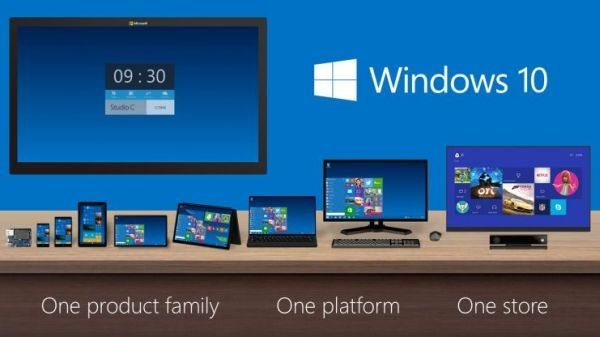Within a portal page Hardware Dev Center, Microsoft has outlined what will be the minimum hardware requirements for Windows 10, both desktop and mobile.
Microsoft is back to talk about the minimum hardware specifications to ensure the execution of Windows 10 in both desktop and mobile and IoT. These are guidelines for OEMs and third parties who want to design devices with the operating system, follow to offer a user experience in line with the standards desired by Microsoft.
The only change since then is striking support for x86 SoC on smartphones, an element that makes it possible for producers to realize Windows 10 Mobile devices with Intel processors. The minimum requirements can give us a clear idea of what could be the technical specifications of the smartphone with Windows 10 Mobile. The operating system requires a minimum of 512 MB of RAM, a resolution of 800 x 480 pixels for the display and at least 4 GB of integrated storage (expandable necessarily cutting minimum).
Instead, it is optional the choice of integrating an accelerometer or a Bluetooth adapter (unlike Windows Phone, to which were essential requirements), while the on-screen keys are required for devices with display 800 x 480 pixels. In terms of SoC, Windows Mobile will support 10 by Qualcomm Snapdragon 210 and up.
Regarding the PC desktop, the operating system requires a minimum resolution of 800 x 600 pixels for a display of at least 7″. The compatible systems will support UEFI firmware 2.3.1 and SecureBoot and have 1 GB of RAM and 16 GB of storage for versions 32-bit, 2 GB of RAM and 20 GB of storage for the 64-bit. A must instead support for DirectX 9, while the Start button and the orientation block are optional.
The argument can be enhanced in this page of the Microsoft official website, in which we read that Windows 10 will be compatible on different types of systems: smartphone, tablet, laptop, 2-in-1, all-in-one desktop PCs, servers and embedded devices. In the latter case, the operating system (Windows 10 IoT Core) supports ARM processors and SoC in 32-bit, x86 and x64, while 256 MB of RAM are required for deployments without display, 512 MB when it is expected the presence of the display.

